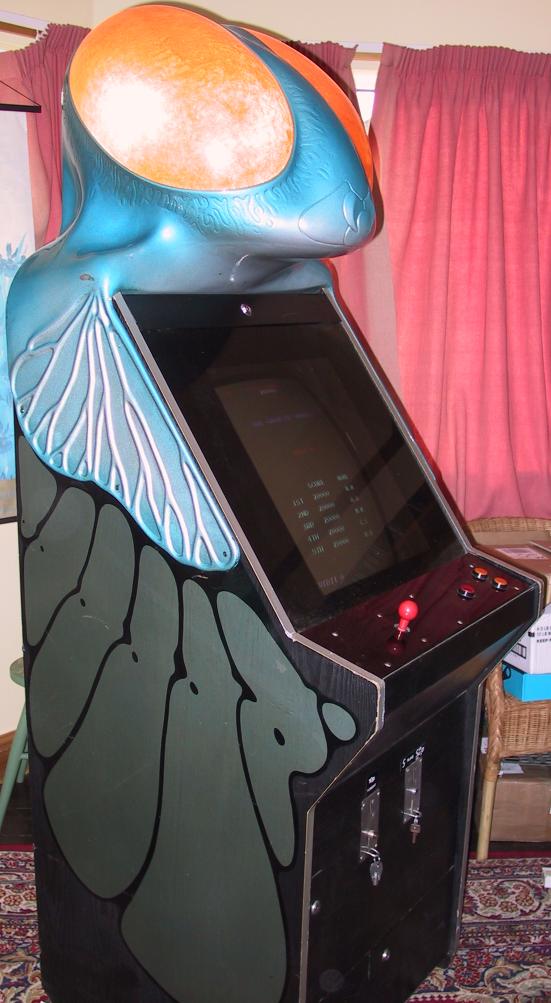In 1980 the world was invaded by legions of creatures from outer space. Eagerly we took up the challenge and fought back. All over the country bars, arcades and service stations reverberated with electronic bleeps and crashes as volunteers queued to dispatch the alien battalions. Previously, video games were sedate: ping-pong or tennis, with a single blip batted back and forth across the screen. Suddenly they grew teeth, and the blips started to descend in infinite hordes of increasing virulence, straffing the lone defender. But if the games themselves had got smarter, their overall appearance had not.
Despite interstellar mayhem on the screen, the video cabinets remained boring brown boxes, enlivened only with comic book flash. The Deans started work on redesigning the machines. Instead of looking like everybody's television set, wood-grained to match the living room furniture, they felt Space Invaders should look like just that - invaders from space. Martyn Dean went for a natural image, mutated: the traditional Bug-Eyed Monster, while Roger Dean's creation was more belligerent, a futuristic Teutonic knight, a Robot Warrior.
"We took the essence of what's on the video screen and put it on top of the cabinet too, creating a sphinx," says Martyn.
At the same time, these were designs that had to work in our world. They had to survive constant use and be resistant to attacks by terrestrial vandals. The cabinet heads were RIM mouldings, made from polyurethane foam injected into moulds at high pressure, the same as modern car bumpers. The paint was also polyurethane, which bonded chemically to the surface so that it could not be chipped or scrapped off.
These Space Invaders were to be distributed by Taito, so the alien heads became known as Taitans. Martyn and Roger desigend them for mass production, made in two halves to fit together over the top of the machine, but gave them as much care and attention as any individual work of sculpture. The curve of the shoulder of Martyn's Bug is finely turned, it's wing as precisely patterned as cicada's. All the work was accomplished to a high degree of finish, which looked like the polished stone but had a metallic sheen. The eyes, polycarbonate inserts, lit up from inside. Yet all this added a mere 20 pounds (UK value) to the 1,300 pounds the machines then cost.
"Part of the design was the multiple factor: their appearance at attention, plugged in, ready. The lines of invaders that filled the screen also occupied the arcade: a legion shoulder to shoulder."
In search of this combined image, Martyn turned to his fascination for ancient Egypt, especially the avenues of statues at the necropolis of Karnak, guardians of the afterlife. The Karnak momuments took not only the right form, a head on a pedestal, but also had the right character. "Lined up in an arcade, the Taitans resembled a kind of intergalactic Highgate Cemetary" - memorials to a million shot-down Space Invaders.
"To research the project, we had several machines installed in the office," Martyn remembers. "Everybody became addicted and spent a frightful amount of time on them. But everybody also became ambidextrous, and productivity actually rose. When you're shot full of adrenalin it has to go somewhere, so you work like a demon."
Many amusement arcade operators come from the world of showmen and travelling fairs. Since their Taitans were also pure fairground products, Roger and Martyn were astonished when their prototypes met some resistance from the trade. They discovered that the showmen's reluctance was simply over the colour, a vivid metallic green. Showmen are enduringly superstitious, and green is unlucky. "When you venture into a new field, you must learn the local folklore, the traditions, the taboos. Even the best-planned projects can fall foul of simple cultural oversights."
Plans for mass marketing also came unstuck when Taito reorganised its most successful product, and dropped the original cabinet that fitted the design. So the Deans displayed the machines themselves, in an experimental arcade that occupied a corner of their Tectonic House pavilion at a public exhibition. The Bug and the Robot Knight stood with their humbler commercial cousins under a canopy incorporating the crystals and part of the lightning burst from Yes's Crystal stage set (see p. 50): the first phase in a design for a total amusement environment.

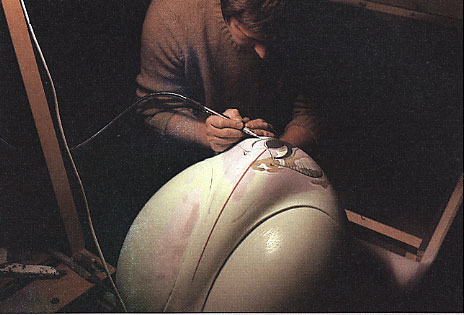
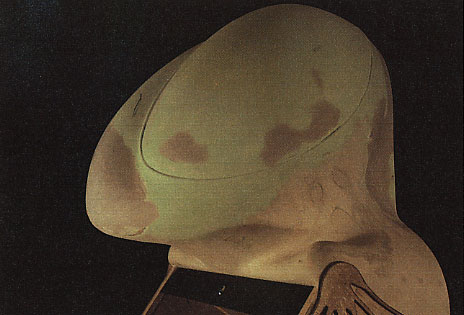

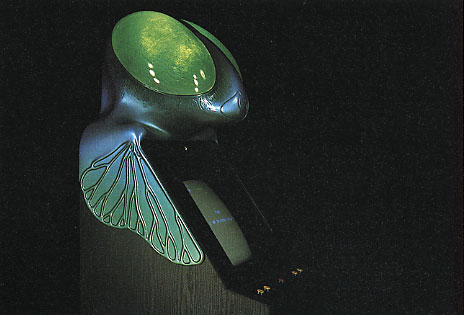



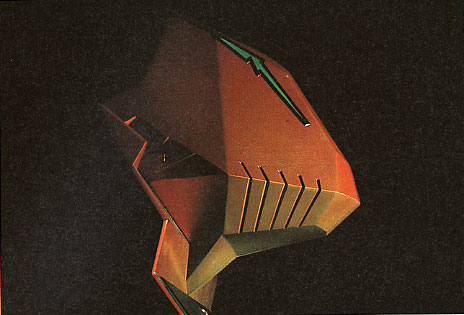
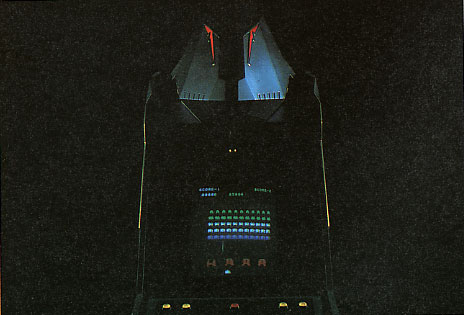
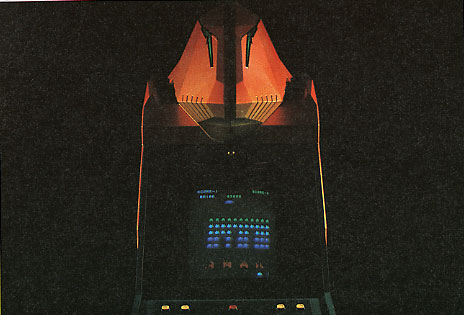

And finally.. A photo of mine:
